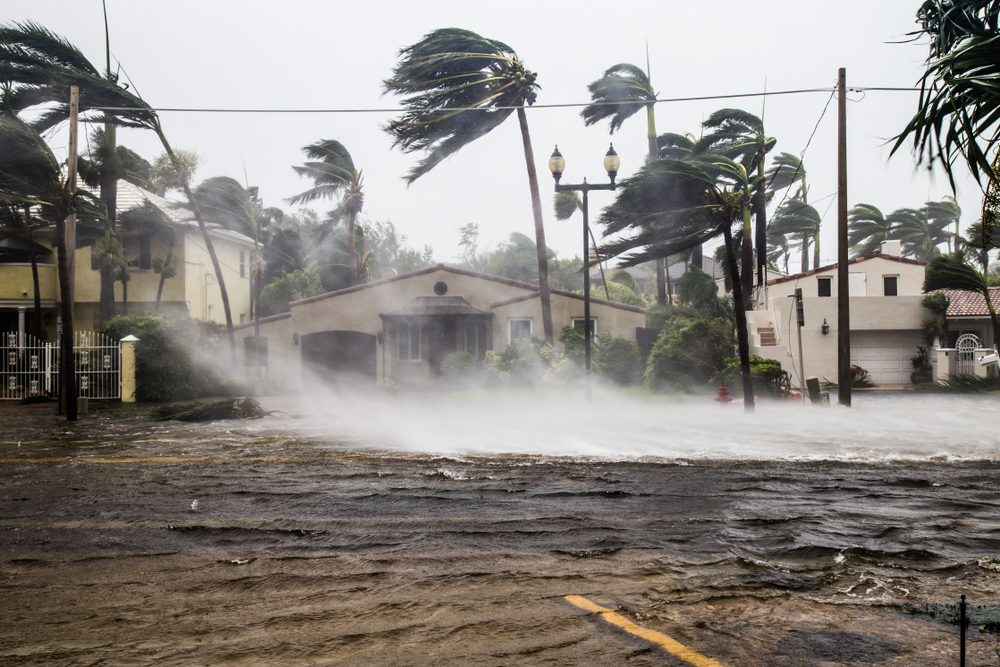Environment: Environmental Disasters
Typhoon Haiyan (Yolanda)
Date: November 2013
Location: Central Philippines
Type of Disaster: Super Typhoon
Environmental and Human Impact: Typhoon Haiyan was one of the strongest tropical cyclones on record, with sustained winds of up to 195 mph. The typhoon caused significant damage to infrastructure, homes, and agricultural land, resulting in the displacement of over 4 million people. At least 6,000 people died, and many more were injured. The environmental impact included soil erosion, water contamination, and damage to marine ecosystems. The typhoon also caused massive amounts of debris, which took years to clean up.
Mitigation: The Philippine government and international organizations provided emergency relief to affected communities, including food, shelter, and medical aid. The government also initiated a program to repair damaged infrastructure and restore affected areas.
Tropical Storm Washi (Sendong)
Date: December 2011
Location: Mindanao Island, Philippines
Type of Disaster: Tropical Storm
Environmental and Human Impact: Tropical Storm Washi, aka Sendong, caused severe flooding and landslides in the Philippines, resulting in the death of at least 1,249 people and the displacement of over 300,000 residents. The environmental impact included soil erosion, water contamination, and damage to marine ecosystems. The storm also caused significant damage to infrastructure and homes.
Mitigation: The Philippine government and international organizations provided emergency relief to affected communities, including food, shelter, and medical aid. The government also initiated a program to repair damaged infrastructure and restore affected areas.
Mount Pinatubo Eruption
Date: June 1991
Location: Luzon Island, Philippines
Type of Disaster: Volcanic eruption
Environmental and Human Impact: The eruption of Mount Pinatubo was one of the largest volcanic eruptions of the 20th century, and it caused widespread devastation in the Philippines. The eruption killed at least 847 people, and it displaced over 100,000 residents. The environmental impact included soil erosion, water contamination, and the loss of valuable agricultural land. The eruption also caused significant damage to infrastructure and homes.
Mitigation: The Philippine government and international organizations provided emergency relief to affected communities, including food, shelter, and medical aid. The government also initiated a program to repair damaged infrastructure and restore affected areas.
Copyright © 1993—2025 World Trade Press. All rights reserved.

 Philippines
Philippines 